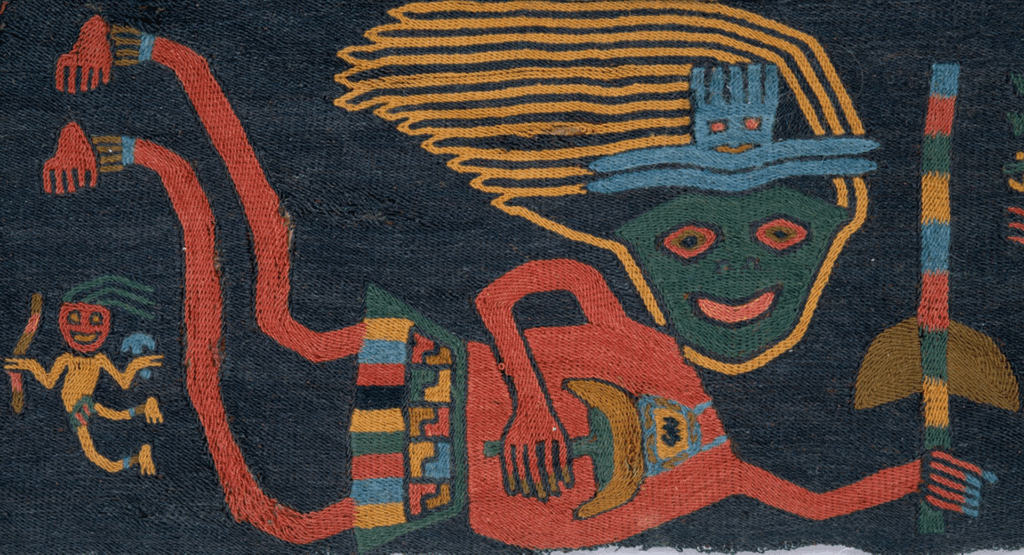Ties to the Paracas Culture

While the Nazca Lines are generally attributed to the Nazca civilization, which flourished between 100 BCE and 800 CE, this feline figure predates that period. Researchers believe it belongs to the Paracas culture, which thrived in southern Peru from around 800 BCE to 200 BCE. The Paracas people were known for their advanced textile work, and feline imagery appeared frequently in their decorative patterns.
The shape and style of the geoglyph align closely with iconography used in Paracas art. In particular, the figure’s curved tail and expressive features bear resemblance to feline deities or symbolic animals often associated with protection and power. The placement of the image on a hillside, as opposed to the flatter desert floor where many Nazca geoglyphs appear, may also point to an earlier artistic tradition.
Read More: Fossil Found in California May Change Evolutionary History
